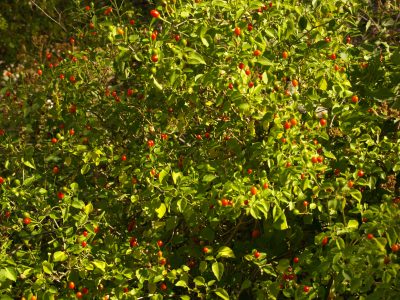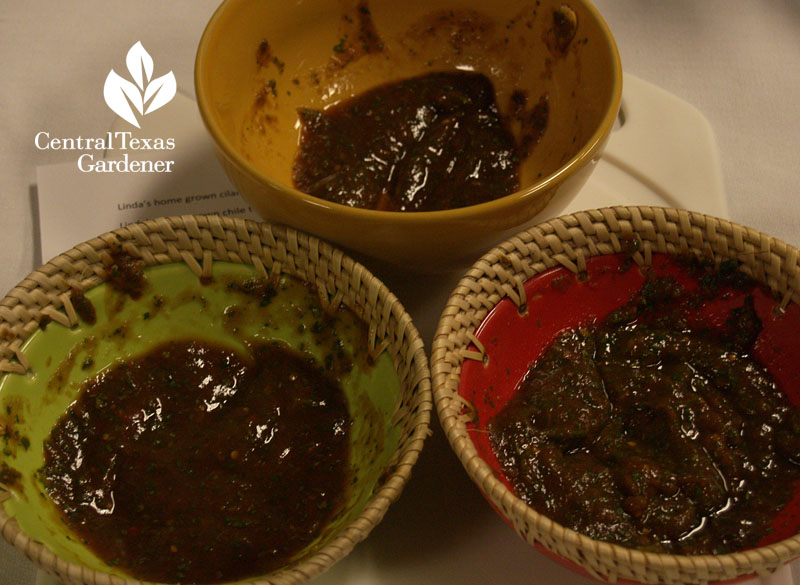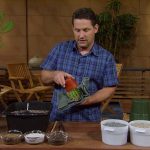Lessons From Monticello
air date: May 11, 2013
Peter J. Hatch, Retired Director of Gardens and Grounds at Monticello, connects Thomas Jefferson’s revolutionary gardens to our gardens of today in his book, A Rich Spot of Earth. On tour, visit another botanical explorer, John G. Fairey, at Peckerwood Garden. Daphne explains how horticulture and botany intersect. Her pick of the week is native chile pequin, a favorite for spicy recipes and for birds who dine on the fruits. Jeff Pavlat from the Austin Cactus & Succulent Society demonstrates his tool kit for spiky and spiny plants.

 John G. Fairey
John G. Fairey Peter J. Hatch
Peter J. Hatch Daphne Richards
Daphne Richards

 Jeff Pavlat
Jeff Pavlat